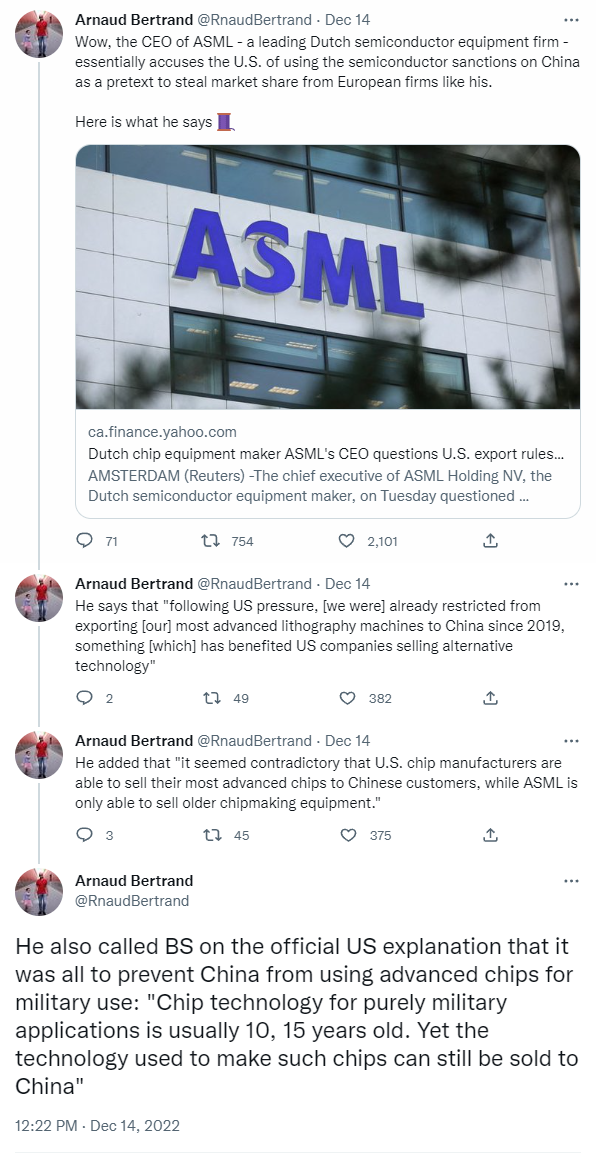Delicieuxz
[H]ard|Gawd
- Joined
- May 11, 2016
- Messages
- 1,686
An EUV lithography machine? How about an EUV lithography factory?
China is aiming to leap-frog current top-end EUV technologies with steady-state microbunching (SSMB) EUV, that would give China what's been called a "lithographic cannon", enabling faster, higher-yield, and cheaper production of cutting-edge 2nm-and-lower microchips.
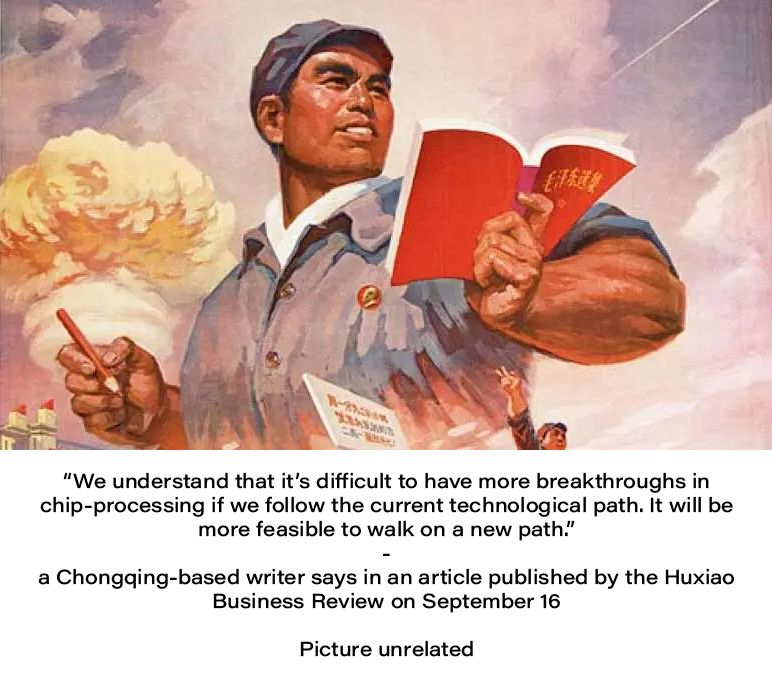
China sets out to develop EUV lithographic ‘cannon’
China Aims to Use Particle Accelerators to Build Chips and Evade EUV Sanctions
China to Challenge ASML with a better technology than EUV
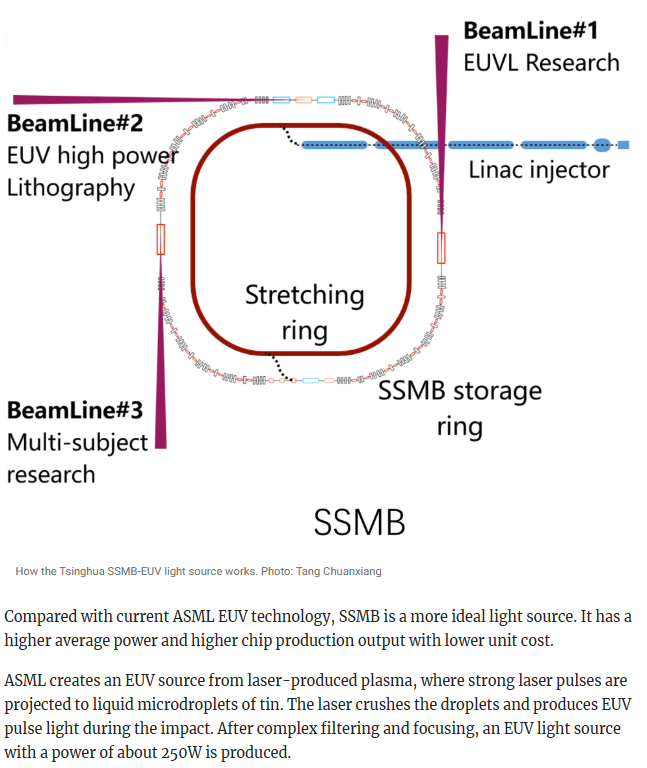
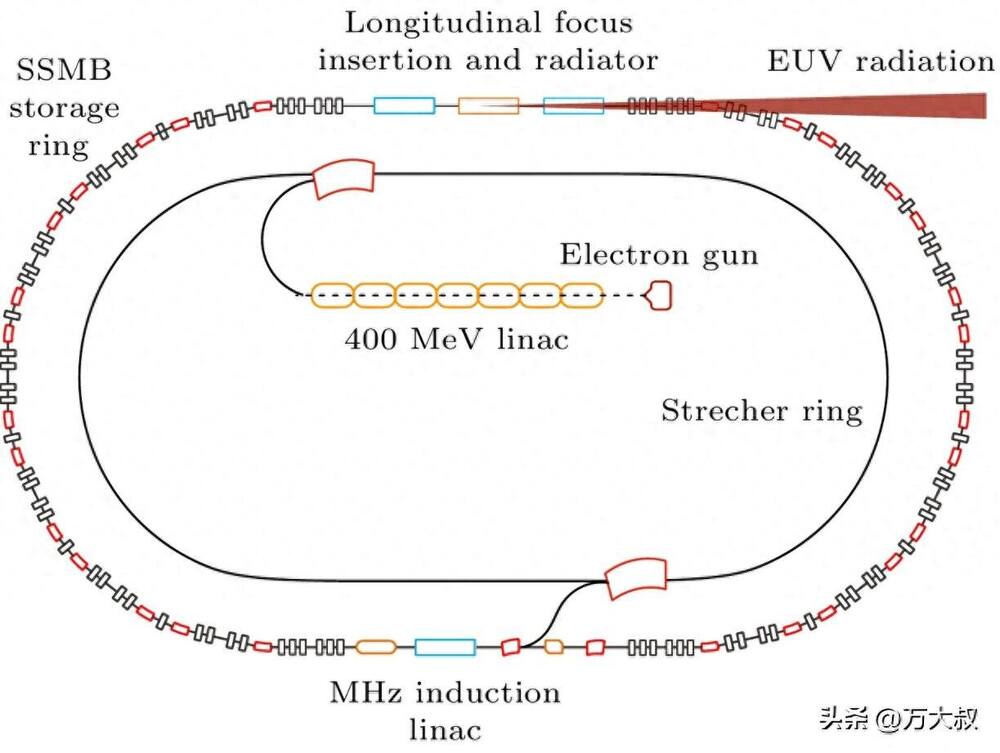
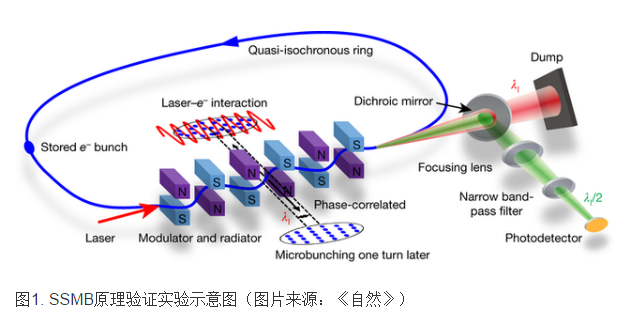
China is aiming to leap-frog current top-end EUV technologies with steady-state microbunching (SSMB) EUV, that would give China what's been called a "lithographic cannon", enabling faster, higher-yield, and cheaper production of cutting-edge 2nm-and-lower microchips.

China sets out to develop EUV lithographic ‘cannon’
China Aims to Use Particle Accelerators to Build Chips and Evade EUV Sanctions
According to the South China Morning Post (SCMP), China plans to use an innovative approach to manufacturing processors by harnessing particle accelerators, potentially positioning itself as a global leader in advanced chip manufacturing. SCMP says the method seeks to evade traditional lithography machine limitations and US sanctions on EUV technology, potentially reshaping the semiconductor industry landscape.
The Chinese research team, led by Tsinghua University, is developing a unique laser source using particle accelerators. Their goal is to sidestep the constraints of conventional lithography machines, which are pivotal in microchip production. The proposed particle accelerator will be roughly the size of two basketball courts, between 100-150 meters in circumference, and will serve as a high-quality light source for chip fabrication.
Professor Zhao Wu from Stanford University introduced the underlying technology, termed steady-state microbunching (SSMB). SSMB captures the energy emitted by charged particles during acceleration, transforming it into a continuous, pure EUV light source. Compared to the prevalent ASML EUV method, SSMB boasts superior power and efficiency, potentially reducing chip production costs.
China to Challenge ASML with a better technology than EUV
ASML prioritizes downsizing chip manufacturing machines for international trade. In contrast, the Chinese initiative centers on domestic production. It aims to construct an extensive facility consolidating numerous lithography machines around a central accelerator. This advancement can fuel abundant and cost-effective chip production. It positions China as a leader in industrializing advanced chips, including 2nm and beyond.
...
While numerous researchers are pursuing this technology, Chinese scientists have taken a distinct approach. This project has been in progress since 2017, but it gained significant visibility recently due to Huawei’s notable advancements in chip manufacturing.
...
Compared to the existing ASML EUV technology, [China's SSMB tech] proves to be a superior light source. It offers higher average power and increased chip production while maintaining lower unit costs.
ASML utilizes laser-induced plasma to generate an EUV source, involving the projection of strong laser pulses onto tin microdroplets. This impact crushes the droplets, producing EUV pulse light. Following intricate filtering and focusing processes, an EUV light source with an approximate power of 250W is generated.
However, the EUV beam, before reaching the chip, goes through reflection from 11 mirrors, resulting in around a 30 percent energy loss at each reflection. Consequently, when the beam reaches the wafer, its power is reduced to less than 5W, presenting challenges especially as manufacturing scales down to 3nm or 2nm.
In contrast, SSMB technology alleviates these concerns. SSMB beams attain a notably higher output power of 1000W, and due to their narrow bandwidth, they require fewer reflecting mirrors, leading to an inherent increase in terminal power.



![[H]ard|Forum](/styles/hardforum/xenforo/logo_dark.png)
